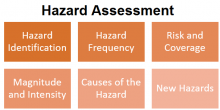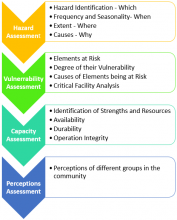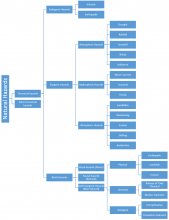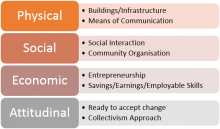Disaster management refers to the process of planning, organizing, coordinating, and implementing measures to mitigate, prepare for, respond to, and recover from natural or man-made disasters. It involves various activities and strategies aimed at minimizing the impact of disasters on human lives, infrastructure, and the environment. Here are the key components of disaster management:
Disaster Management
Lectures, Notes and Tutorials in Disaster Management. Disaster management refers to the process of planning, organizing, coordinating, and implementing measures to mitigate, prepare for, respond to, and recover from natural or man-made disasters. It involves various activities and strategies aimed at minimizing the impact of disasters on human lives, infrastructure, and the environment. Here are the key components of disaster management:






